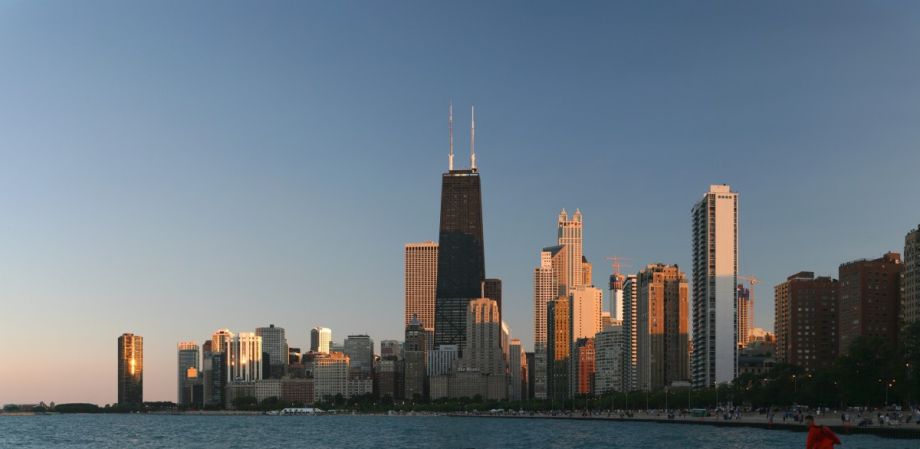
“How do some of the most successful, leading cities in the world solve their problems? They steal the solutions — from other cities.”
In a new article about cities shaping their own “foreign policies,” the Chicago Tribune reports that places like Sao Paulo and New York “and other megacities are swapping information and forging powerful alliances with far-flung counterparts in new and strategic ways.” It continues:
The efforts go beyond traditional business attraction moves, branching into collaboration in the arts, education and urban issues, from pollution to poverty. If done well, a city can gain a reputation as a hotbed of innovation, a team player on pressing urban problems and a prime location for foreign investment, business partnerships and tourism.
The article’s timed to the Chicago Forum on Global Cities, a three-day symposium last May hosted by the Chicago Council on Global Affairs and The Financial Times. (VIPs like Madeleine Albright and Frank Gehry are on the forum’s schedule of panelists.)
Mayor Rahm Emanuel has prioritized making “world-class” a natural label for Chicago. The Tribune notes that his attempts to heighten the city’s global visibility have included hosting the NATO Summit and the World Summit of Nobel Peace Laureates in 2012 and the U.S.-China Joint Commission on Commerce and Trade meeting last year.
Emanuel’s vision is definitely a work in progress, according to the Tribune:
From our partners:
While Chicago often ranks among the top global cities, in recent years it has seen anemic growth in exports and in foreign investment in new projects here. Chicago also “has been a little more insulated than coastal cities from a sense of the larger world outside,” says urban affairs author Benjamin Barber.
“Sister city” relationships have been used successfully to boost business, and there’s been an increasing focus on urban centers building international bridges. In March, the Asia Society released a report that promoted California-China collaboration at the local government level to work on sustainability.
This feature originally appeared in CityNext.

















